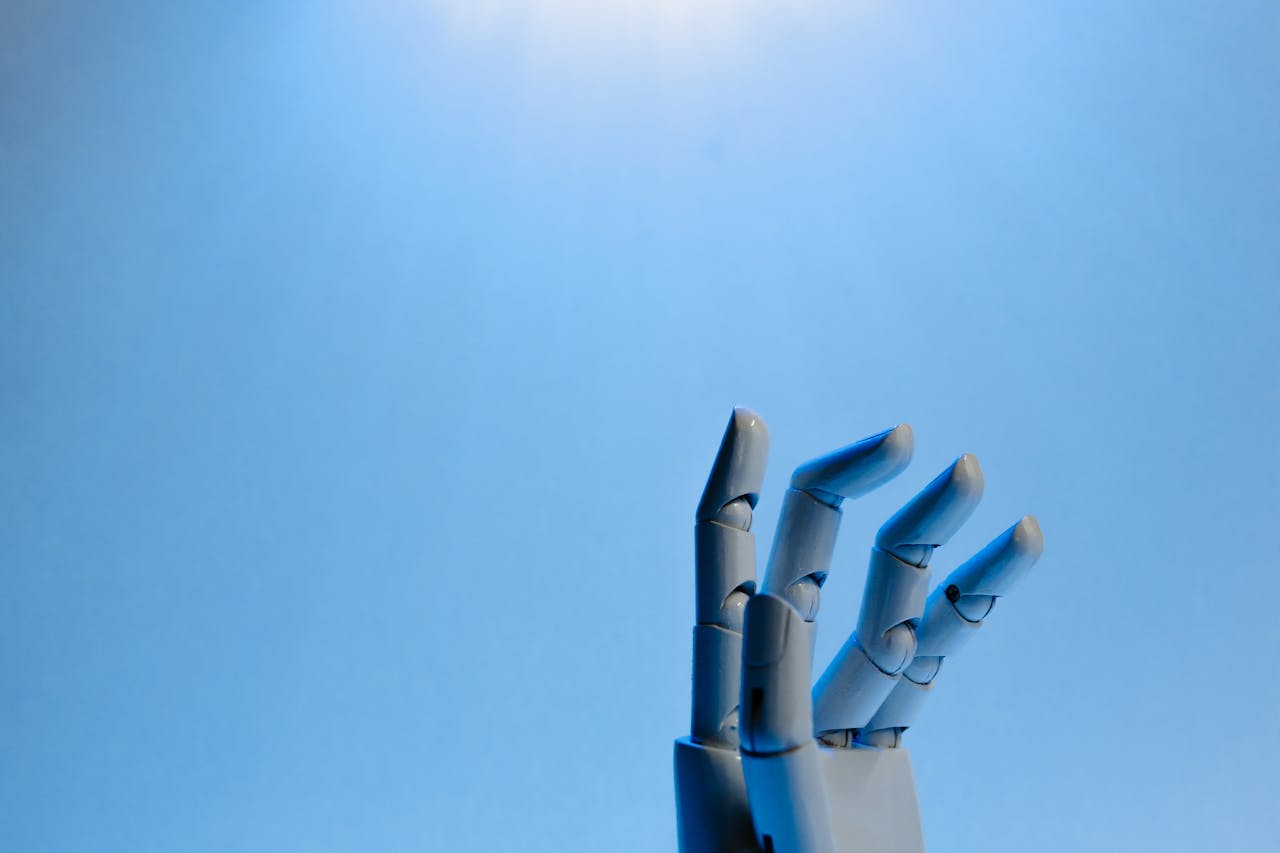Musk Delays Tesla Optimus Robot Mass Production: What Strategic Signals Are Behind the Move?
When Elon Musk unveiled the Optimus robot in 2021, he promised a world where humanoid robots would handle repetitive labor, help with elder care, and even serve as personal assistants. Fast forward to 2025, and Musk has officially delayed the mass production of Optimus to late 2026 or beyond—a move that, on the surface, seems like just another timeline slip. But in true Tesla fashion, there’s more beneath the surface.
This delay isn’t just about production timelines. It speaks volumes about Tesla’s shifting priorities, risk management approach, and how it views its role in the larger AI arms race.
1. Hardware is Hard: Tesla’s Humbling Robotic Reality
Let’s be honest: building a humanoid robot is an entirely different beast than designing EVs. Optimus must not only look human-like but also move with agility, understand voice commands, navigate unpredictable environments, and interact safely with humans.
According to engineers close to the project (via IEEE Spectrum), Tesla is struggling with the fine motor control and real-time environmental learning needed for Optimus to perform even basic tasks reliably—things like folding laundry, navigating stairs, or safely operating machinery. This level of robotics autonomy is still elusive, even for companies like Boston Dynamics or Agility Robotics, who’ve been in the game for over a decade.
A delay, in this context, is an admission that building a general-purpose humanoid robot is not a 5-year sprint—it’s a decade-long marathon.
2. Investor Pressure and the “AI Productivity” Narrative
Musk has spent the last 12 months pushing the idea that Tesla is an “AI company, not a car company.” From Full Self-Driving (FSD) to Dojo to Optimus, Tesla’s narrative is increasingly anchored in AI-led productivity. But with FSD facing regulatory hurdles and Dojo’s compute performance still playing catch-up with NVIDIA’s dominance, investors are starting to scrutinize the timelines.
Delaying Optimus allows Musk to manage expectations and avoid overpromising—something Tesla has been criticized for in the past. At the Q2 2025 earnings call, CFO Vaibhav Taneja hinted that “AI product deployment timelines are being reassessed in alignment with long-term shareholder value,” which is corporate-speak for: “We don’t want to burn billions chasing a product that isn’t ready.”
3. Regulatory Gray Zones for Humanoid Robots
Another under-discussed issue: legal uncertainty. What happens when a humanoid robot accidentally injures someone? Who’s liable if an Optimus unit malfunctions during a household task?
In June 2025, the European Commission began drafting regulatory frameworks for humanoid service robots, especially those embedded with generative AI decision-making. The U.S. isn’t far behind, with the FTC requesting public comment on “interactive autonomous entities” earlier this year.
Tesla, having already battled regulators over Autopilot and FSD, may be choosing to tread carefully to avoid another regulatory showdown.
4. Production Bottlenecks and Resource Reallocation
From a logistical standpoint, Tesla is still managing supply chain constraints across Cybertruck, Model 2, and energy storage units like Powerwall 3. Prioritizing mass production of Optimus right now could choke production lines that are already under strain.
Multiple leaked memos from Tesla’s Fremont plant (via Electrek) indicate that AI robotics R&D teams have been temporarily reassigned to support FSD v13 deployment. That’s not a sign of abandonment—but it is a signal of internal resource prioritization.
5. The Real Strategy: Build the Brain First, Body Later
Musk isn’t backing away from the idea of Optimus—he’s just changing the sequence. By shifting focus to developing a highly capable AI “brain” before finalizing the “body,” Tesla may be trying to pull an iPhone-Siri moment: perfect the software before releasing the hardware at scale.
This aligns with Tesla’s investment in Dojo, which, according to recent SEC filings, is now handling over 3.5 exaflops of neural network training compute capacity—specifically tuned for embodied AI models.
Optimus, then, may follow a trajectory closer to FSD: slow, incremental, software-first improvements, followed by mass-scale deployment when confidence—and infrastructure—are in place.
6. Competitor Watch: Tesla Still Has Time—But Not Forever
Tesla isn’t the only one in the humanoid robot race. Boston Dynamics, Figure AI, and Apptronik have all made visible progress, with Figure even landing a logistics trial partnership with Amazon in May 2025.
But unlike Tesla, most of these companies are focusing on narrow use-cases—factory tasks, warehouse automation, or single-scenario deployments. Musk’s vision for Optimus is more ambitious: a general-purpose home and labor robot.
That ambition may justify the delay, but it also raises the stakes. If a competitor cracks narrow-use humanoid robotics and scales before Tesla, Optimus risks becoming the Cybertruck of robots—flashy, futuristic, but perpetually “almost here.”
Final Thought
The delay of Optimus mass production isn’t a retreat—it’s a recalibration. Tesla is acknowledging the complexity of humanoid robotics, managing investor expectations, navigating regulatory fog, and doubling down on AI software.
If the company can stay disciplined and avoid the temptation to rush half-baked hardware into public hands, Optimus may still emerge as a defining product of the AI age.
But it won’t be in 2025—and maybe not even 2026.
You May Also Like:
- Is Tesla Insurance Really Cheaper in 2025? Real Cost Breakdown vs Traditional Auto
- Who Owns Your Tesla FSD? 2025 Licensing Shifts Raise Ownership Questions
Want more deep-dive Tesla analysis like this? Share, comment, or subscribe to stay ahead of the curve.



